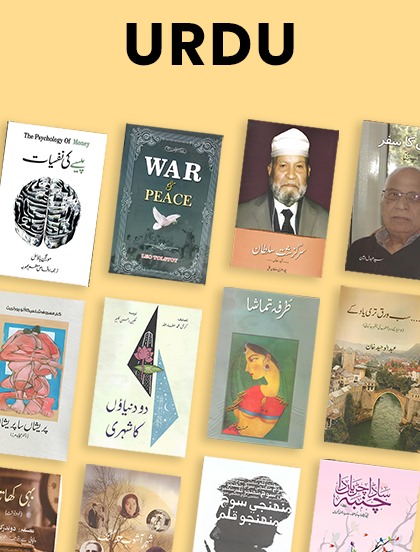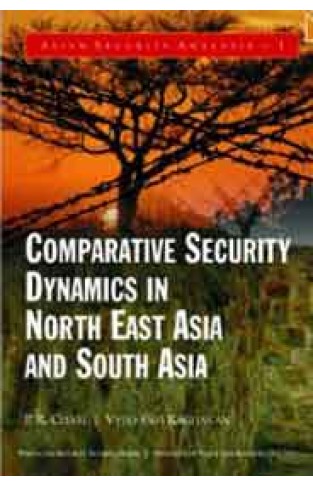Comparative Security Dynamics in North East Asia and South Asia English Spanish French Italian German Japanese Chinese Hindi and Korean Edition
Comparative Security Dynamics in North East Asia and South Asia English Spanish French Italian German Japanese Chinese Hindi and Korean Edition
By:
Publication Date:
Dec, 01 2010
Binding:
Hard Back
Availability :
In Stock
-
Rs 750.00
- Rs 1,250.00
- Ex Tax :Rs 750.00
- Price in loyalty points :1188
You saved Rs 500.00.
Due to constant currency fluctuation, prices are subject to change with or without notice.










